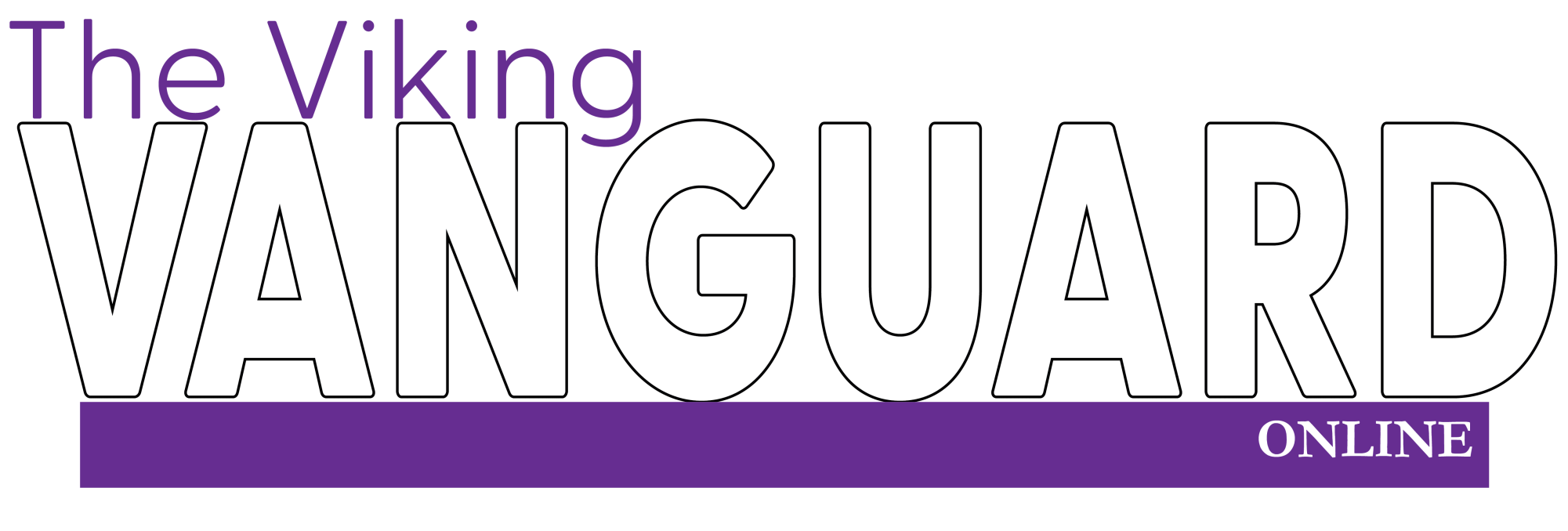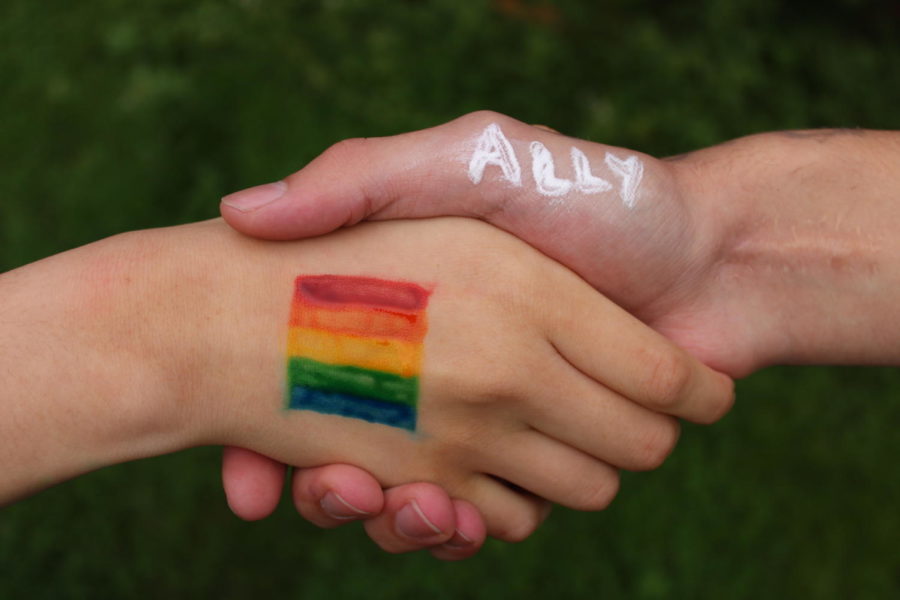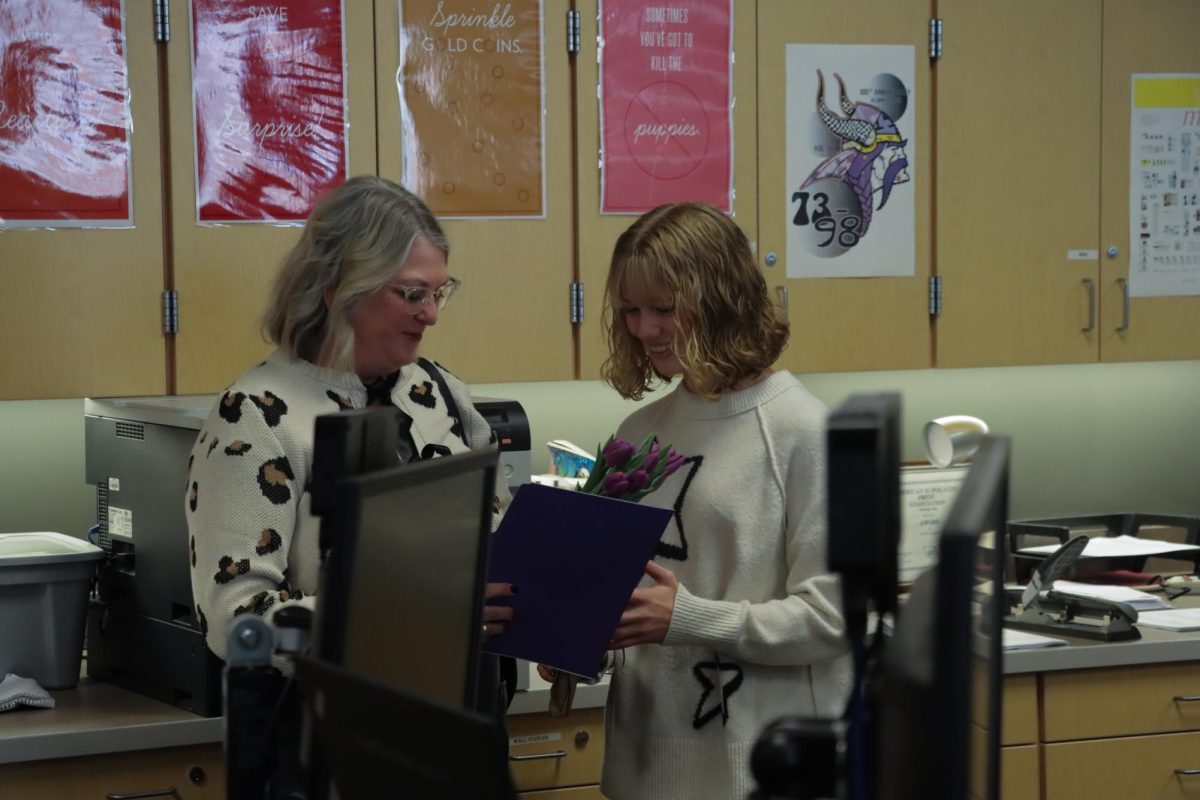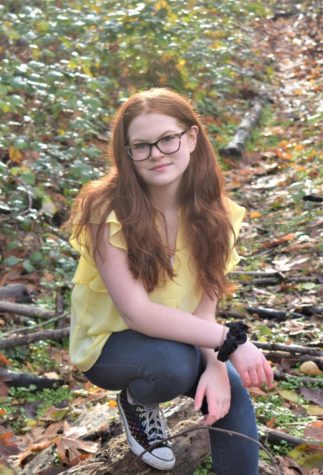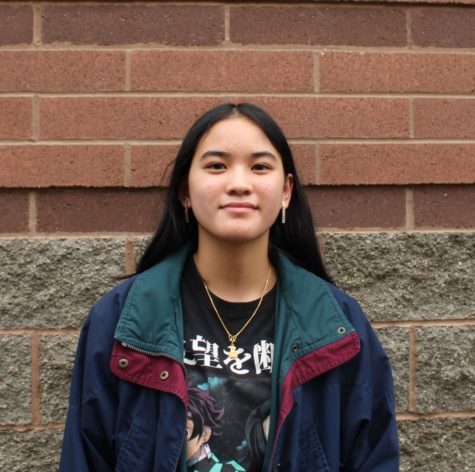People can identify in a plethora of ways, but many of these identities fall under the umbrella labeled as LGBTQ+. This community incorporates many people, all of whom have at least one thing in common: they differ from their peers, whether in terms of gender, sexuality or both.
But no matter how a person identifies, they are still human.
Senior Ben Ebner first came out as bisexual in eighth grade and in tenth grade came out as fully gay. He says he wouldn’t change anything that happened when he came out, but some negative things did happen.
“One of the more hurtful things was when I told someone [I was gay] and they said that they knew. That made it hurtful because it’s kind of dismissing the fact of coming out to someone,” Ebner said.
While most come out in or around high school, some come out of the closet later in life. There’s no set in stone way to come out–some come out to friends first and family last. Some come out to family first and then to friends. Vice Principal Cassie Ridenour came out to friends in her freshman year of college and to family shortly after.
“[When I came out,] it was sort of past the time of everyone gets kicked out of their house and disowned by their families, but before the time when it was more likely than not that you’d be accepted,” Ridenour said. “My family was accepting and my friends were accepting, but it took me a really long time to be comfortable with who I am.”
Ridenour’s push to become an educator came from her experience coming out. To her, it was more important to be out and to be someone that students could come to than to stay private about her orientation.
With many stereotypes surrounding the LGBTQ+ community, it’s easy for them to be judged based on what they identify as.
“One of the really big misconceptions is that gay people have to be flamboyant and dramatic, but the biggest thing is to realize that each person is different and expresses themselves in a different way. They just happen to be in the [LGBTQ+] community,” Ebner said.
For some, being LGBTQ+ gets in the way of building relationships with others. Making assumptions based on a small aspect of who a person is happens all too often.
“Rather than getting to know me and understanding my actions and my heart, there are folks who learn that I’m a member of a particular marginalized community and assume that means that I fall into other categories,” Ridenour said.
According to Ridenour, the most hurtful thing about stereotyping is that when people find out she’s LGBTQ+, they assume she falls into other categories, which are often negative and false.
“It’s frustrating to me that I’m not always given an opportunity to show that I’m actually a pretty good person,” Ridenour said. “All of those stereotypes are just so false and they get in the way of relationships with other people.”
Both Ebner and Ridenour say that it’s insulting to them that because of how they identify, they are assumed to be overly sexual, an assumption that isn’t true. With pop culture and media perpetuating these stereotypes, kids who want to come out don’t always feel that they can.
“If there are people in your life that it would be safe to come out to, I would encourage them to do that just because of the relief and the confidence that you can feel when you come out to a safe person. It’s life-giving, but only if it’s safe,” Ridenour said.
